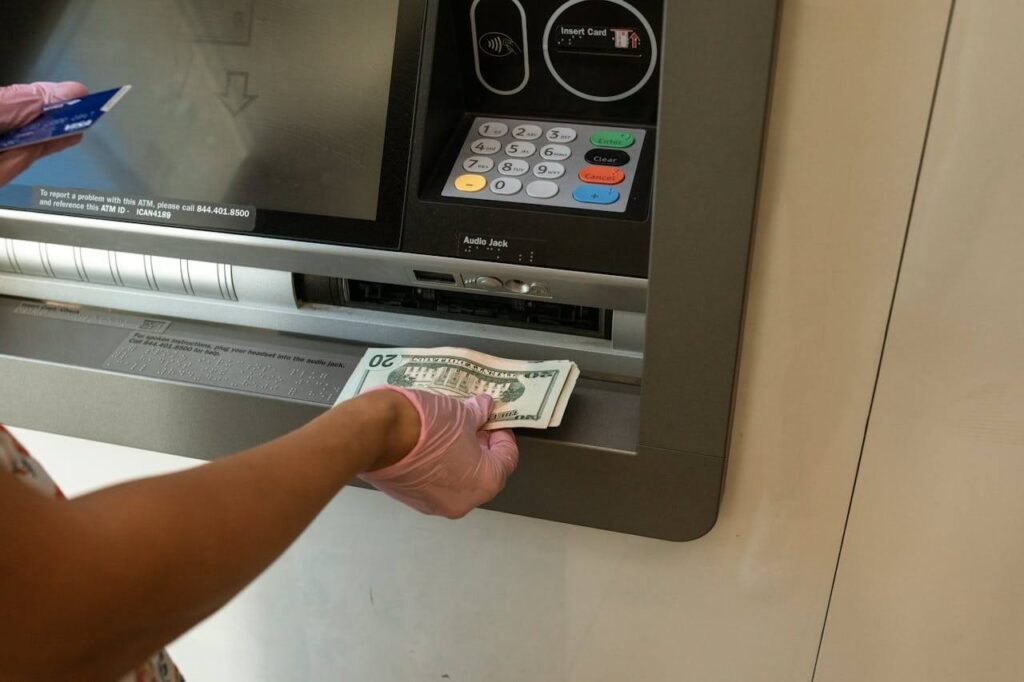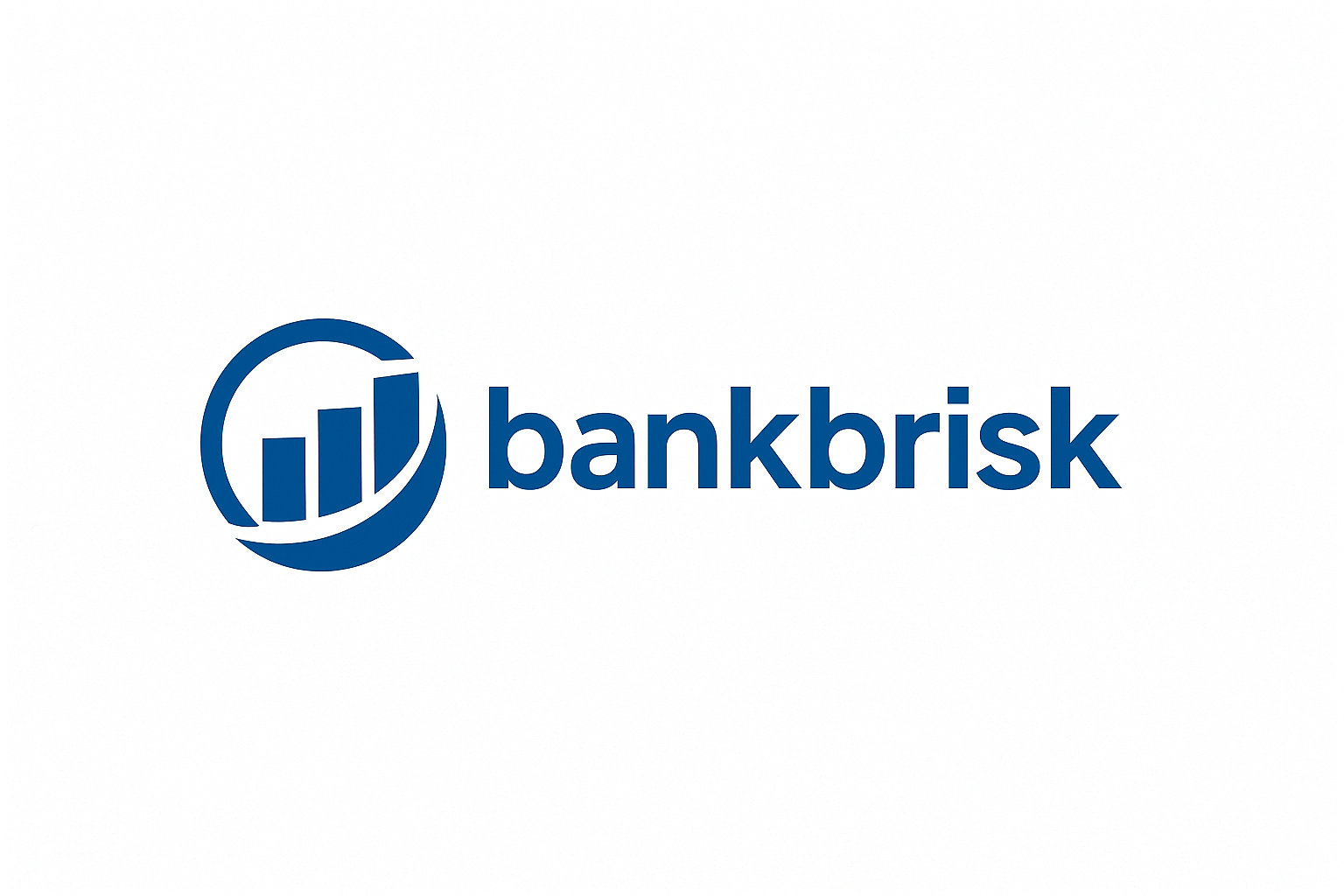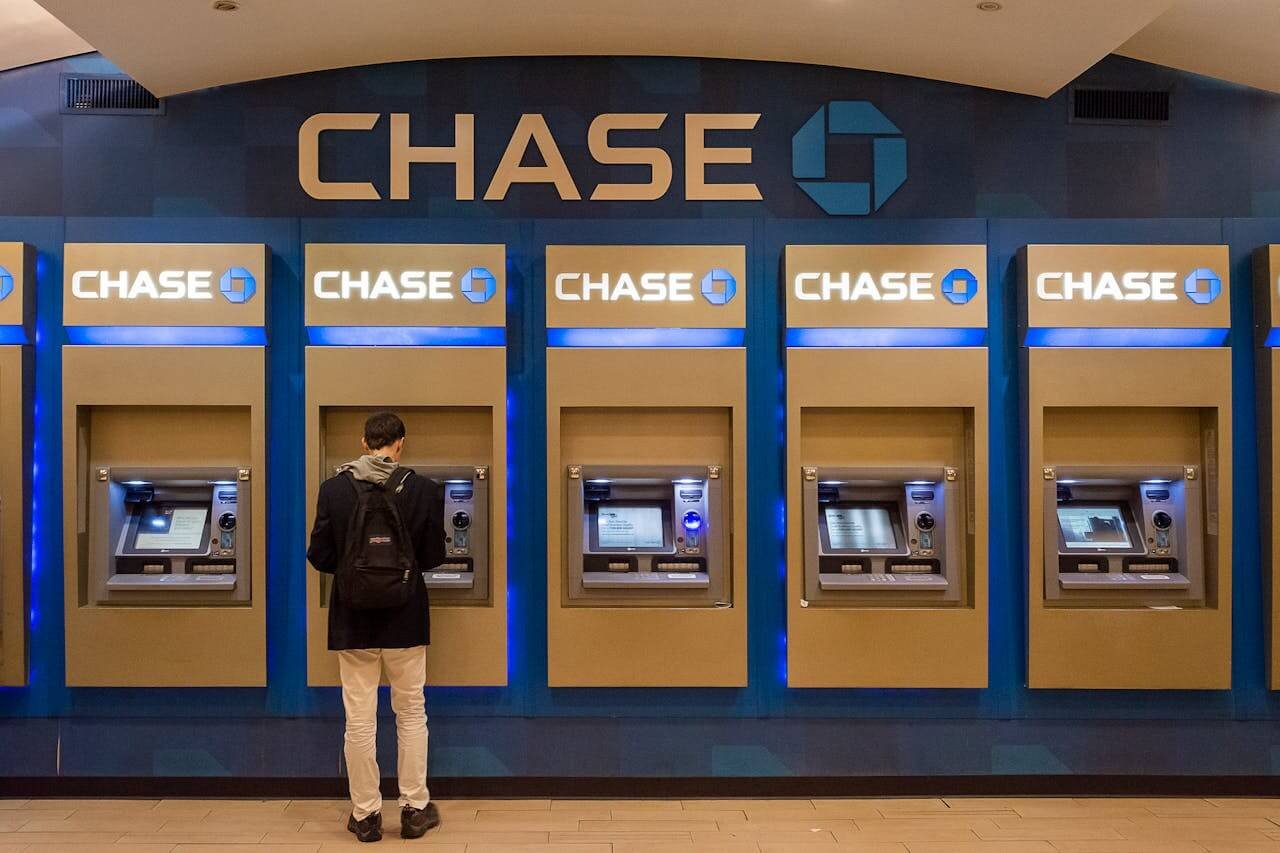Does Chase Have a High Yield Savings Account? Chase Bank, the largest bank in the United States with over 4,700 branches nationwide, offers several savings account options.
However, the straightforward answer to whether Chase has a high yield savings account is no, not by modern standards. While Chase provides savings accounts that technically earn interest, the rates fall dramatically short of what the financial industry considers “high yield” in 2025.
Understanding why Chase doesn’t offer competitive savings rates, what rates they actually pay, and where you can find genuine high yield alternatives helps you make informed decisions about maximizing returns on your savings.
Chase’s Current Savings Account Rates
As of November 2025, Chase offers three main savings account products: Chase Savings℠, Chase Premier Savings℠, and Chase Private Client Savings℠. According to current rate sheets, the standard Chase Savings account pays just 0.01% APY across all balance tiers.
This rate means that $10,000 deposited in a Chase Savings account for one full year earns exactly $1 in interest. To put this in perspective, that’s roughly the cost of a single piece of gum or one-tenth of a cup of coffee. The return is so minimal that it barely registers as earnings at all.
Chase Premier Savings Rates
The Chase Premier Savings account offers slightly better rates, though “better” remains relative. The base rate on this account sits at 0.01% APY, identical to the standard savings account. However, customers who qualify for “relationship rates” can earn marginally more.
To access Premier relationship rates, you must link your Premier Savings account to a Chase Premier Plus Checking account or Chase Sapphire Checking account and complete at least five customer-initiated transactions monthly on the linked checking account. Even with these requirements met, the relationship rate remains far below competitive high yield offerings available from online banks.
Chase Private Client Savings
Chase Private Client Savings represents the bank’s premium offering for high-net-worth customers. This account also starts at 0.01% APY but offers relationship rates for clients who link the account to Chase Private Client Checking.
While Private Client relationship rates exceed the standard 0.01%, they still don’t approach the 4.00% to 5.00% APY that defines high yield savings accounts in the current market. The requirements to access Private Client banking include maintaining substantial combined balances across Chase accounts, usually $150,000 or more in investable assets.
What Actually Qualifies as High Yield
The term “high yield savings account” has a specific meaning in the banking industry. As of November 2025, legitimate high yield accounts offer APYs between 4.00% and 5.00%, with competitive institutions clustering around 4.25% to 4.50% APY.
These rates represent the upper tier of savings account offerings, typically provided by online-only banks that eliminate expensive branch networks. According to recent market data, institutions like Varo Bank offer up to 5.00% APY, while numerous others including Ally Bank, Marcus by Goldman Sachs, and Discover Bank maintain rates between 4.00% and 4.50%.
The Rate Gap Is Enormous
Comparing Chase’s 0.01% to high yield accounts paying 4.50% reveals a staggering disparity. The high yield account pays 450 times more interest than Chase. On a $10,000 balance over one year, Chase delivers $1 while a high yield account generates approximately $450—a difference of $449.
This isn’t a marginal difference where Chase pays slightly less for the convenience of branches. The gap is so substantial that Chase’s rate barely qualifies as paying interest at all. You’d need $4.5 million in a Chase savings account to earn the same $450 annually that $10,000 generates in a competitive high yield account.

Why Chase Pays Such Low Rates
Chase’s decision to pay minimal savings rates reflects strategic choices about their business model and customer base. As the nation’s largest bank with extensive branch infrastructure, Chase incurs enormous operating costs that online banks avoid.
Maintaining over 4,700 branches across the United States requires billions in annual expenses for real estate, utilities, staffing, security, and maintenance. These overhead costs make it difficult to offer competitive deposit rates while maintaining profitability.
Chase Banks on Convenience and Relationships
Rather than competing on rates, Chase positions itself as a full-service financial institution providing comprehensive banking relationships. The bank offers checking accounts, credit cards, mortgages, auto loans, investment services, and business banking—all accessible through extensive branch and ATM networks.
Chase calculates that many customers value this convenience and integrated service enough to accept minimal savings rates. The bank leverages its brand recognition, established trust, and physical presence rather than competing on deposit rates. For Chase, this strategy works, they maintain over 86 million customers despite paying some of the lowest savings rates in the industry.
Chase’s Monthly Fees Compound the Problem
Chase savings accounts have monthly service fees in addition to their low interest rates, which further lower net returns. Unless certain waiver requirements are met, the regular Chase Savings account carries a $5 monthly service fee.
You must link a Chase College Checking account, maintain a minimum daily balance of $300, link specific premium Chase checking accounts, be under the age of 18, or set up automatic transfers of at least $25 per month from Chase checking to savings in order to avoid the $5 monthly cost.
Fees Can Exceed Interest Earnings
The $5 monthly fee totals $60 annually. Since the standard savings account pays just 0.01% APY, you’d need a balance of $600,000 to earn enough interest to offset the fee. Balances below that threshold actually shrink over time when accounting for fees, even before considering inflation.
Chase Premier Savings imposes a steeper $25 monthly fee, though it offers more waiver options, including maintaining $15,000 in combined Chase deposits or linking premium checking accounts. Still, the fee structure makes these accounts unattractive for pure savings purposes compared to fee-free high yield alternatives.
Where to Find Genuine High Yield Savings Accounts
If you’re seeking competitive returns on your savings, numerous alternatives deliver dramatically better results than Chase. Online banks dominate the high yield savings space due to their lower operating costs.
Top options as of November 2025 include Varo Bank at 5.00% APY, Ally Bank at around 4.25% APY, Marcus by Goldman Sachs at nearly 4.25% APY, and Discover Bank offering approximately 4.00% APY. These institutions typically charge no monthly fees, require no minimum balances, and provide FDIC insurance identical to Chase’s protection.
Online Banking Considerations
The primary trade-off for higher rates involves banking without physical branches. Online banks conduct business entirely through websites, mobile apps, phone support, and electronic transfers. You can’t walk into a branch for in-person service or deposit cash directly.
For many people, this trade-off proves worthwhile given the dramatic rate advantage. Most banking activities, checking balances, transferring money, and depositing checks via mobile apps, work seamlessly online. The absence of branches rarely creates practical problems for savers who’ve already adapted to digital banking.
Calculating the Opportunity Cost
Keeping savings at Chase instead of moving them to a high yield account carries substantial opportunity cost. Let’s quantify what you’re giving up by accepting Chase’s minimal rates.
On a $5,000 balance over one year, Chase pays approximately $0.50 in interest before fees. A high yield account at 4.50% APY generates about $225. The difference of $224.50 represents real purchasing power you could use for expenses, debt reduction, or additional savings.
Over the course of five years, the gap widens dramatically due to compound interest. The same $5,000 at Chase grows to approximately $5,002.50, assuming no fees, while the high-yield account reaches roughly $6,231. You’d have $1,228 more in the high yield account—over 20% additional wealth simply from choosing a better place to save.
Using Calculators to Visualize Losses
Tools like a high yield savings account calculator help quantify exactly how much you’re sacrificing by keeping money at Chase. Input your current balance, Chase’s 0.01% rate, and a competitive 4.50% rate to see the difference over various timeframes.
These projections often shock people who haven’t considered the cumulative impact. What seems like a minor rate difference compounds into thousands of dollars over the years, money that could fund vacations, emergency expenses, or progress toward financial goals.
When Chase Savings Might Still Make Sense
Despite the poor rates, certain situations might justify keeping some savings at Chase. If you already maintain extensive Chase relationships—checking accounts, credit cards, mortgages, investment accounts- consolidating a small emergency reserve at Chase might simplify your financial life.
The convenience of having $1,000 to $2,000 in Chase savings for immediate branch access could prove valuable if you regularly deposit cash, need cashier’s checks, or value in-person banking services. However, this convenience makes sense only for modest amounts serving specific purposes, not for your primary savings balance.
The Hybrid Strategy
Many financially savvy Chase customers adopt a hybrid approach. They maintain Chase checking accounts and perhaps a small Chase savings buffer for convenience, while keeping the bulk of their savings in high yield accounts at online banks.
This strategy captures Chase’s branch access and integrated services for daily banking while ensuring that serious savings, emergency funds, goal savings, and cash reserves earn competitive returns. The minor inconvenience of managing accounts at two institutions pales compared to the hundreds or thousands of additional annual interest.
Chase’s Sign-Up Bonuses
While Chase doesn’t compete on ongoing savings rates, the bank regularly offers sign-up bonuses for new checking and savings accounts. These promotional offers sometimes provide $200 to $600 for opening accounts and meeting deposit or balance requirements within specified timeframes.
These bonuses can provide short-term value that temporarily compensates for low ongoing rates. However, calculate carefully whether bonus requirements justify opening accounts you’ll eventually want to close. Sign-up bonuses are one-time payments, while the rate disadvantage persists as long as you maintain the account.
The Bottom Line on Chase and High Yield Savings
Chase does not offer a high yield savings account by any reasonable definition of that term. The bank’s savings products pay 0.01% APY—essentially nothing—while genuine high yield accounts offer 4.00% to 5.00% APY, delivering 400 to 500 times more interest.
For customers seeking competitive returns on savings, Chase simply doesn’t compete. The combination of minimal interest rates and monthly service fees makes Chase savings accounts among the least attractive options available. Online banks offering high yield accounts provide dramatically superior returns while maintaining identical FDIC insurance protection.
If you currently keep significant savings at Chase, seriously consider moving those funds to a competitive high yield account. The process requires perhaps two hours total—researching options, opening an account online, linking accounts, and initiating transfers. That time investment generates hundreds or thousands in additional annual earnings, making it one of the highest-return activities you can undertake.
Chase serves many banking needs effectively, including checking accounts, credit cards, branch access, and integrated services. But maximizing returns on your savings isn’t one of them. For that purpose, online high yield savings accounts deliver incomparably better results.




